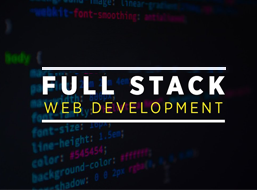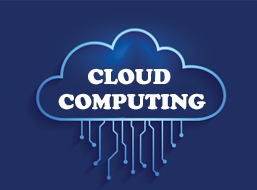How to Optimize Your Apps for the Cloud
Cloud services have become very popular especially in the business world they provide an organization capability, versatility and cost effectiveness. But that is only half the equation – to get the full value of the cloud you must also optimize your applications. Here in this guide, you’ll learn how to stepwise approach for enhancing and redesigning your apps for the cloud for future performance.
1. Check Your Cloud-readiness Level for Your Application
In this case, assesses how your app interacts with cloud infrastructure before migrating or optimizing it for the cloud. Perform a cloud readiness check to review barriers to cloud adoption, moreover, define the structure and dependencies of the app and the workloads to be supported.
Steps:
- Audit existing infrastructure: Every software system runs on certain hardware and software they depend on.
- Determine business goals: Tighten goals similar to cutting costs, expanding capacity or enhancing efficiency.
- Choose the right cloud model: You will need to choose the type of cloud to deploy and this include public clouds, private clouds or hybrid clouds depending on the need of your app.
2. Take advantage of Cloud-Native Architecture
Refactor your application in a way that nodes can be deployed across cloud infrastructure, or better still refactor your application to be cloud-native. These types of applications are built in such a way that takes full advantage of the cloud environment.
Key Principles:
- Microservices: The third process is to Sommimize monolithic apps, that is, to divide them into a series of loosely coupled microservices.
- Containerization: Some tools that are great for scaled resource management are Docker and Kubernetes.
- Serverless Computing: Minimise the management of servers through the use of the new generation architectures like AWS Lambda or Azure Functions.
3. From the technical aspect, the priorities are scalability and performance.
Cloud computing supports Horizontal, as well as Vertical scalability. Be able to handle higher loads of work in your application without a adverse impact on the speed.
Tips:
- Implement auto-scaling: Make resources easily scalable to cater for demand.
- Load balancing: This directs the traffic away from any one server in order that a particular one does not get overloaded.
- Optimize code: Find and optimize part of the code that has a lot of latency and might have a slow run time.
4. Security and compliance
Like any other migration to a different location of the resources, cloud migration comes with new security challenges.
Best Practices:
- Encrypt data: Encrypt data communications and stored data both by utilizing end-to-end encryption.
- Regularly update and patch: Make sure the app and all related packages are up to date.
- Identity and Access Management (IAM): This calls for incorporating measures such the use of role-based access controls that help in preventing the access of individuals who are not supposed to be accessing the data.
- Monitor compliance: Continue to learn regulations for compliance that include but are not limited to GDPR, HIPAA, or PCI-DSS.
5. Optimize for Cost Efficiency
While talking about cloud optimization, one has to speak not only about effectiveness, but also about the cost aspect. Eliminate wastage and get an assurance that you are not a victim of wastage on unutilized resources.
Cost-Saving Strategies:
- Right-size instances: Select instance type and size from the available list according to the need of the app.
- Leverage reserved or spot instances: The next practice is to exploit price cutting strategies where they exist.
- Monitor usage: When it comes to costs, subscription services, AWS Cost Explorer or Azure Cost Management, could help to monitor and control them.
6. Deliver Continuous Integration and Continuous Deployment (CI/CD)
Having a CI/CD process helps with updates and makes sure that your app will be optimized to run in the cloud as well.
Benefits:
- Faster deployments: Efficient in testing & deployment to ensure faster cycle time.
- Reduced errors: Have to objects crashes by catching the bugs at the initial stage of development.
- Consistent updates: It is recommended to update the app to frequently enabled the new clouds.
7. Continual supervision and Statistical control
Cloud optimization is therefore a continuous process. It is also important to constantly oversee your app to determine any spots that need changes.
Monitoring Tools:
- Cloud-native tools: One should use AWS CloudWatch, Azure Monitor, or Google Cloud’s Operations Suite.
- Third-party solutions: For precise information, think about Datadog or New Relic.
- Set alerts: They were all configured to bring alerts for such anomalies or performance bottlenecks.
If you want to enhance your knowledge on Cloud computing and app optimization needed then consider enrolling for Apponix Technology’s best courses. By enrolling in our solutions-focused programs taught by industry specialists, you gain the tools you need to succeed in the age of the cloud.
Web Designing and Developing | Machine Learning | Data Science
Cybersecurity |DevOps | Cloud Computing | Artificial Intelligence






